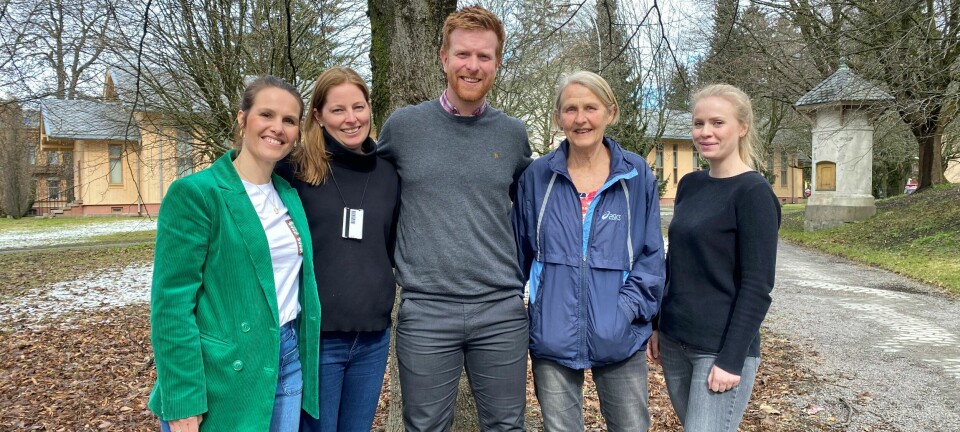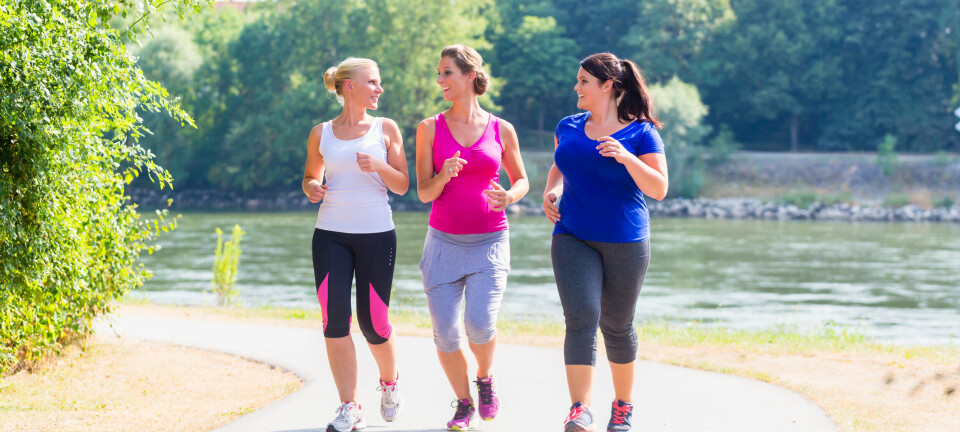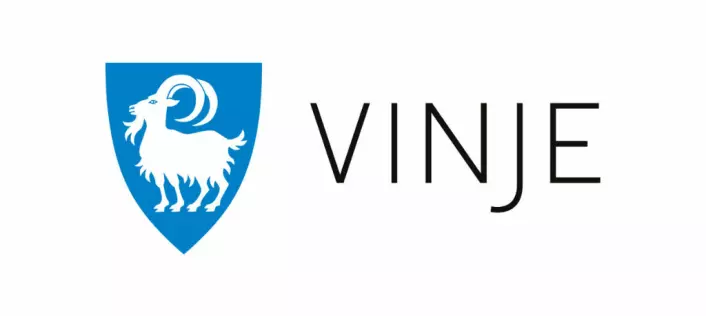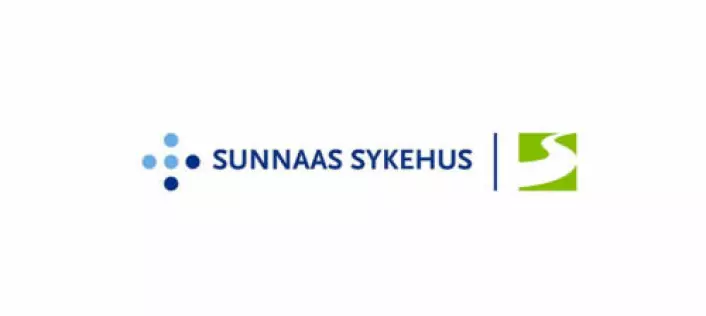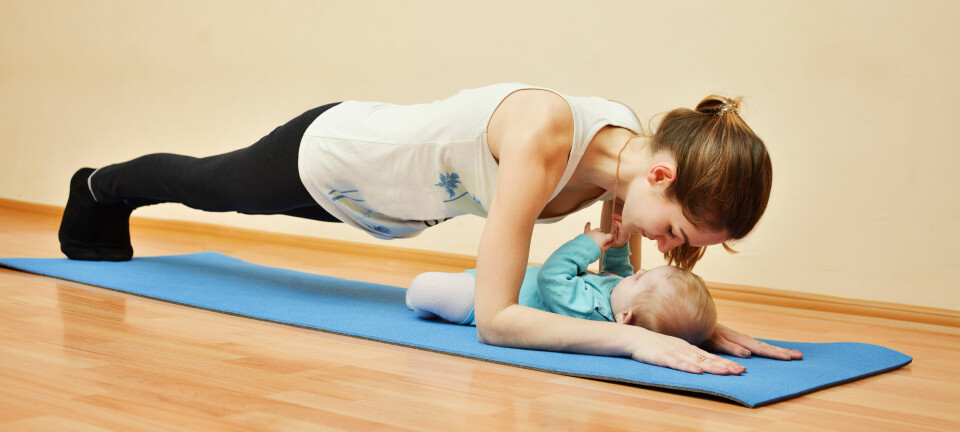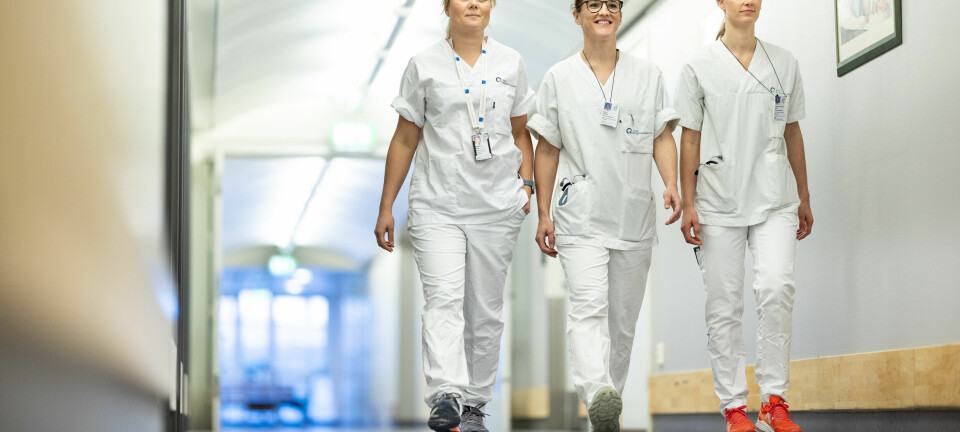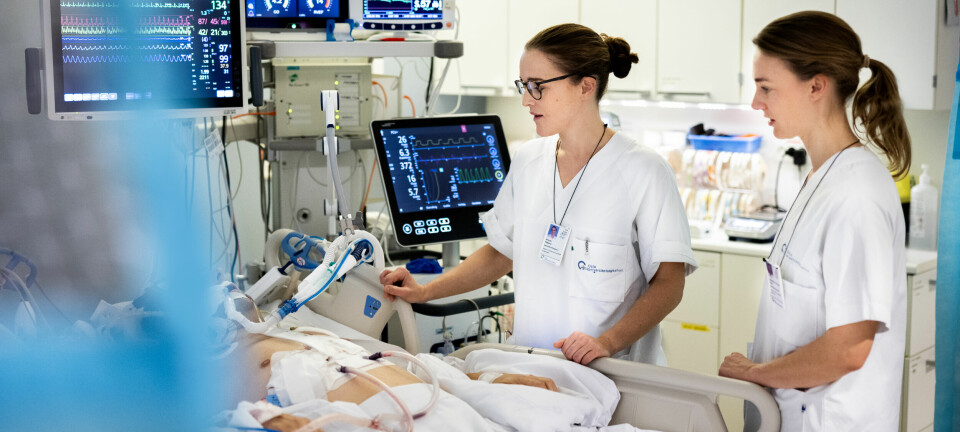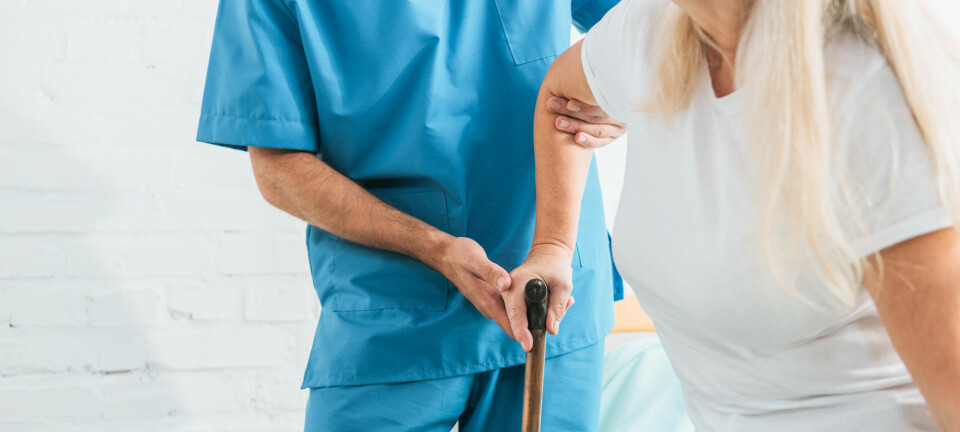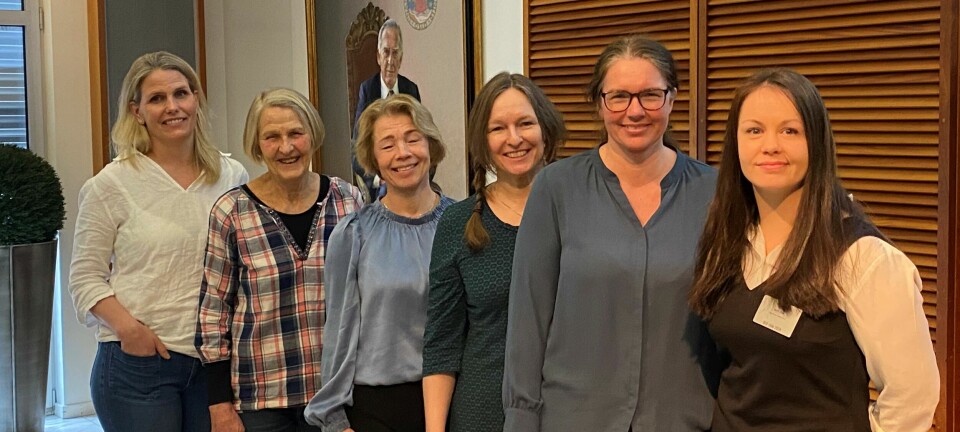Repetitive facilitative exercise improves upper limb function in patients with subacute stroke
Blikk på forskning i Fysioterapeuten 2/2014.
Blikk på forskning utarbeides i samarbeid med Journal of Physiotherapy (Australia), som trykker forskningspresentasjonene under betegnelsen Critically appraised Papers, CAPs.
Synopsis
Summary of: Shimodozono M, et al (2013) Benefits of a repetitive facilitative exercise program for the upper paretic extremity after subacute stroke: a randomized controlled trial.Neurorehabil Neural Repair27: 296–305. [Prepared by Marco YC Pang, CAP Editor.]
Question: Does repetitive facilitative exercise improve paretic upper limb function in individuals with subacute stroke?
Design: Randomised, controlled trial and blinded outcome assessment.
Setting: Two inpatient rehabilitation centres in Japan.
Participants: Adults with confirmed stroke of 3–13 weeks duration and upper limb Brunnstrom Stage ≥ III (beginning voluntary movement) were key inclusion criteria. Cerebellar lesions, and arm contractures/pain were key exclusion criteria. Randomisation of 52 participants allocated 27 to the repetitive facilitative exercise (RFE) group, and 25 to the control group.
Interventions: Both groups were trained for 4 weeks (40 min/day, 5 days/week). In the RFE group, repetitive facilitative techniques were used to elicit movement of different joints of the paretic upper limb. Each subject received a total of 100 standardised movements of at least 5 joints in the paretic upper limb. The control group underwent conventional training consisting of range of motion exercises, progressive resistive exercises, and grasping blocks of various sizes. In addition, all subjects, regardless of group assignment, received dexterityrelated training for 30 min at the end of each exercise session.
Outcome measures: The primary outcome was the Action Research Arm Test (ARAT) scored 0–57 with higher scores indicative of higher levels of function. The secondary outcome was the Fugl Meyer Arm Motor Scale (FMA), with a maximum score of 66. The outcomes were measured at baseline, at 2 weeks after the initiation of the intervention, and immediately after the 4-week training program.
Results: 49 participants completed the study. At the end of the 4-week training period, the improvement in ARAT total score was significantly more in the RFE group than the conventional exercise group (by 6.5 points, 95% CI 2.0 to 11.0). Analysing the ARAT subscale scores revealed that the RFE group had significant more improvement than the conventional exercise group in Grasp (by 2.5 points, 95% CI 0.7 to 4.3) and Pinch subscales (by 2.7 points, 95% CI 0.7 to 4.6), but not Grip (by 0.9 points, 95% CI –0.2 to 1.9) and Gross Movement subscales (by 0.5 points, 95% CI –0.5 to 1.4). The FMA score also demonstrated significantly more improvement in the RPE group than the conventional exercise group (by 5.3 points, 95% CI 1.0 to 9.5).
Conclusion: The RPE program is more effective than conventional exercise training in improving upper limb motor function in people with subacute stroke.
Commentary
The recovery of upper limb movement and use post stroke is a priority for both the client and therapist. Over the past decade numerous trials have investigated upper limb interventions and their effect on improved movement and use in activities of daily living (ADL) with positive results (Harris et al 2009, Wolf et al 2010, Arya et al 2012). Trials have progressed to determine the intensity aspects of intervention.
Shimodozono and colleagues developed and investigated an intervention that contributes to this discussion. Research has shown that hundreds of repetitions are necessary to improve use of the paretic upper limb in ADL (Birkenmeier et al 2010). Trials that determine key ingredients of the interventions (eg, dosage, activity, repetitions) will assist therapist decision making and improve client outcome; this is being done for Constraint-Induced Movement Therapy (Page et al 2013). The Shimodozono study outlined the techniques used, repetitions of the experimental intervention, and the amount of time in therapy for both interventions; this type of description allows for replication and further dosage investigations.
A concern with this trial, however, is the description of the control group as conventional therapy. The description of the activities includes mostly passive, non-goal directed movement; this would not be considered typical by many therapists. At this stage in upper limb research there are proven interventions that can be used as comparison in order to determine a truly superior treatment. In this trial though the amount of time spent in therapy was equivalent, the repetition of the activities were not; if this had been comparable the conclusion of ‘more effective’ could be made. The conclusion is thus difficult to accept. There is mounting evidence that high repetitions of active, goal directed interventions are necessary for improved upper limb function and therefore need to be a key ingredient in conventional rehabilitation.
Jocelyn E Harris, School of Rehabilitation Science, McMaster University, Hamilton, Ontario, Canada.
References
Arya KN et al (2012)Top Stroke Rehabil19: 193–211.
Birkenmeier RL et al (2010)Neurorehabil Neural Repair24:620–635.
Harris JE et al (2009)Stroke40: 2123–2128.
Page SJ et al (2013)Restor Neurol Neurosci31: 299–309.
Wolf SL et al (2010)Stroke41: 2309–2315.
